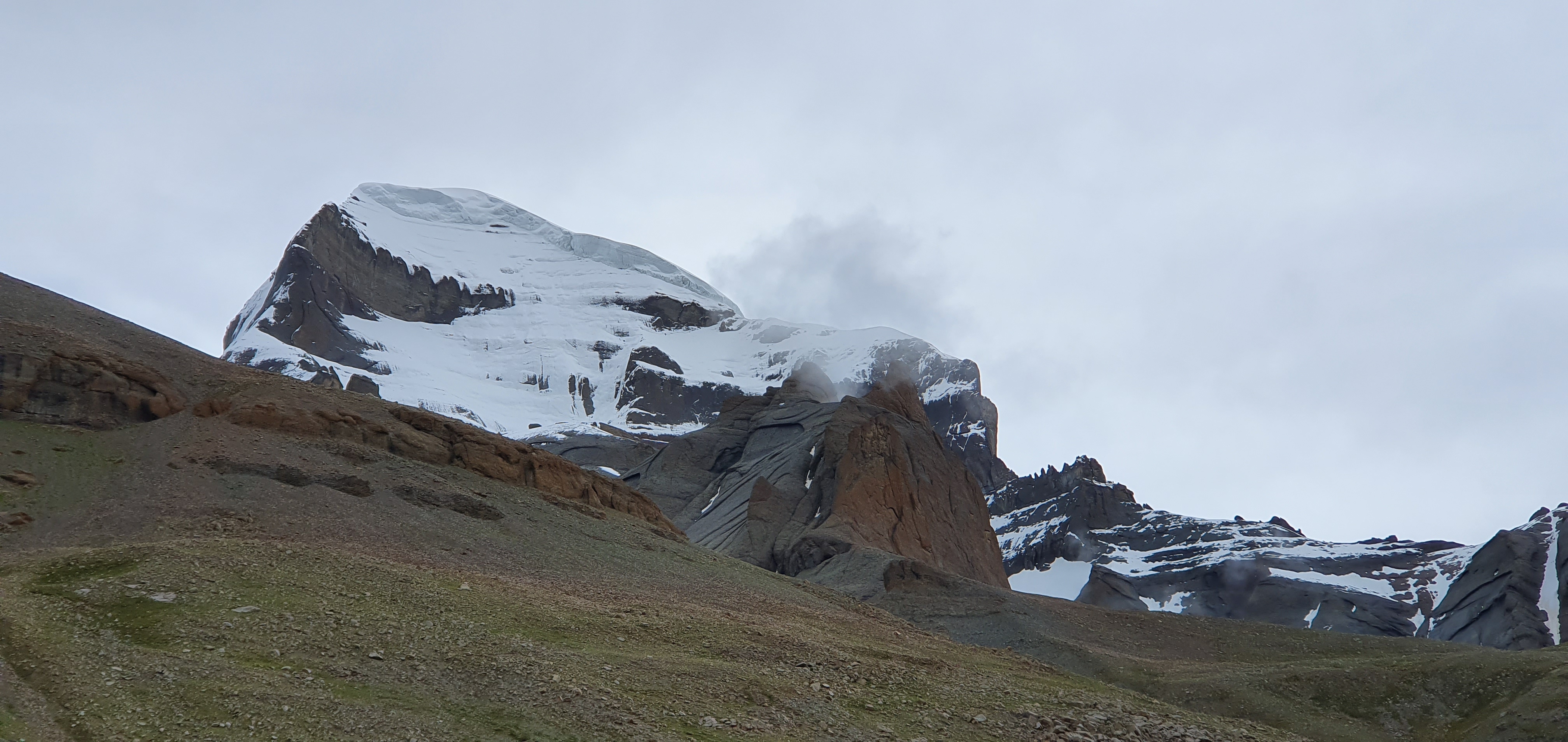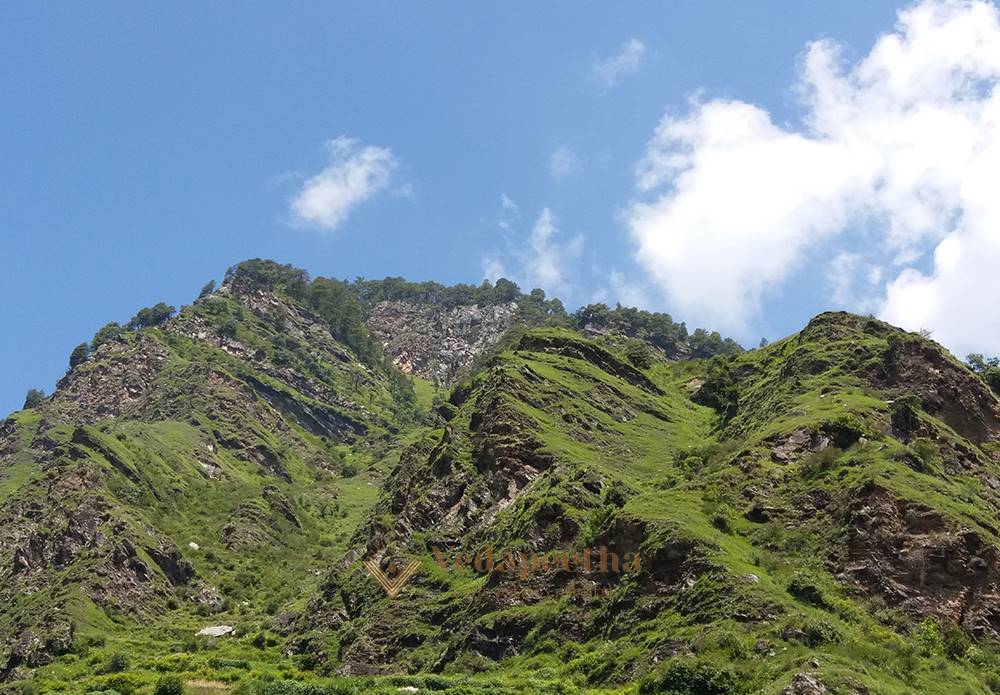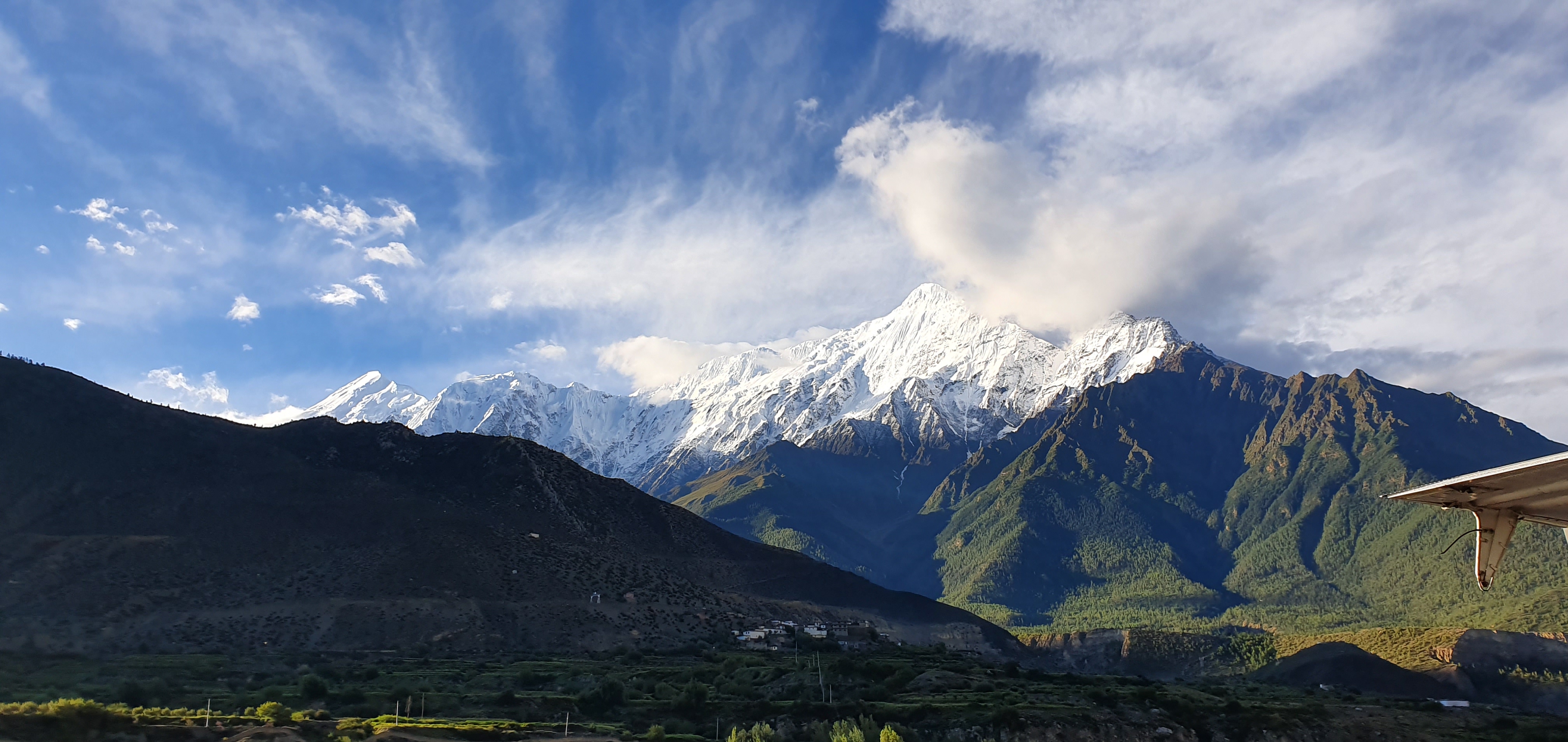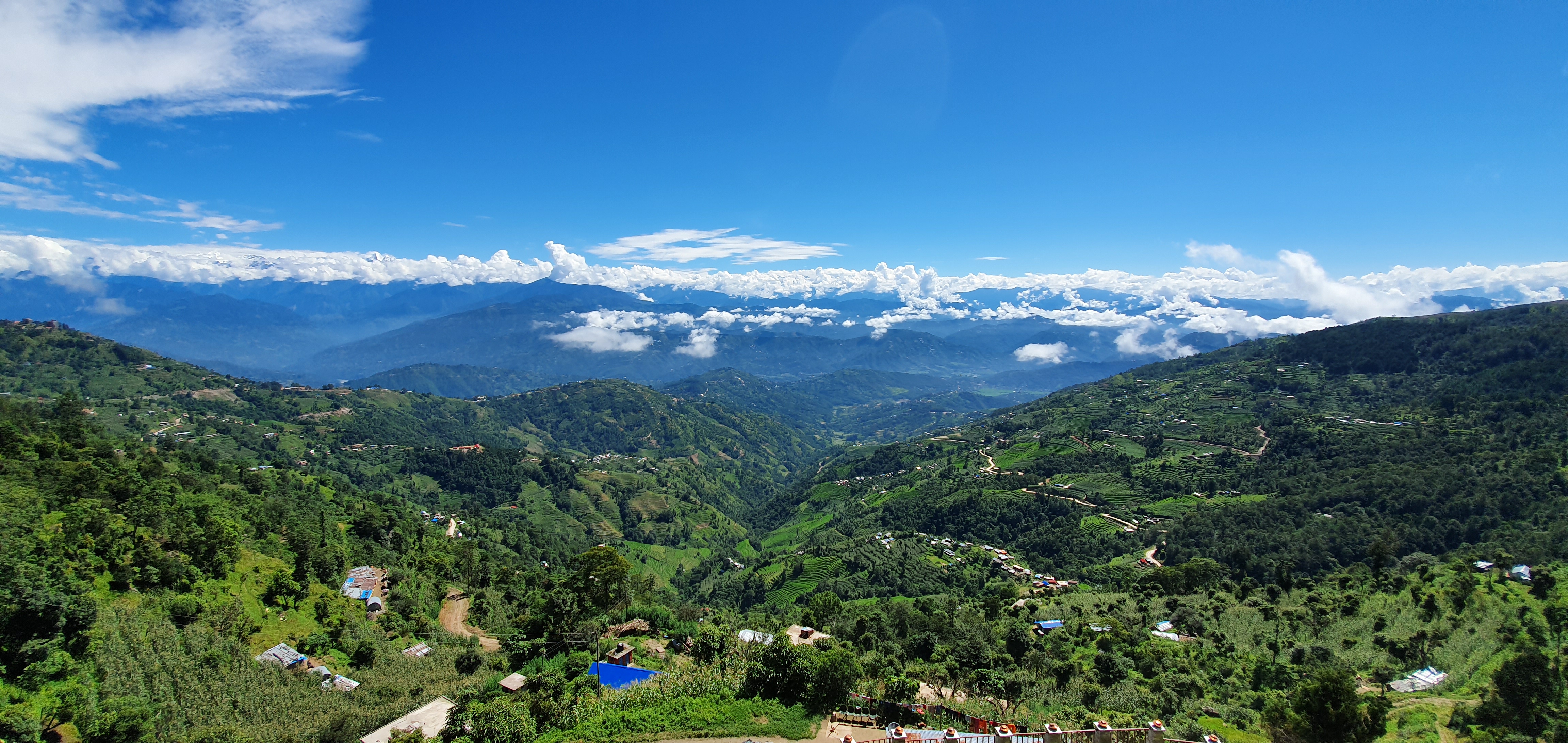Astronomy
Indian Indigenous tradition of Astronomy and Mathematics
India had long and distinguished tradition in science, scientific thoughts and innovative ideas have always been very basis of Indian civilization. Ayurveda,architecture, astronomy, astrology, mathematics and metallurgyare recognized as technical science, which were included in the syllabi of ancient Indian education system. As Unithiri observes: Studies of medicine (Ayurveda), astronomy and mathematics (Jyotiśāstra and Gaṇita) were included in the syllable in ancient and medieval India. And now also the practice is continued. But they have not been in the main stream. The result is scientists are not aware of the presence of this abundant literature in Sanskrit, and the Sanskrit scholars are not competent to study and impart it to the world of scientists. So there should be a conscious effort on the part of both the scientists and Sanskrit scholars to sit together and explore all possibilities that this bulk of literature contains.
Among these sciences, contributions of Indian towards the mathematics and astronomy is the subject matter of this article. Astronomy deals with observations and study of solar system and constellations, on other hand, mathematics deals with numbers and its calculation, Geometry, Trigonometry, Arithmetic etc. According to K. G. Paulose, ‘Astronomy means astron – star, nemo - classify. i.e., the science that deals with heavenly bodies, Jyotiṣa is its Indian equivalent. It is one among the six Vedāṅga-s.’
According to K.V. Sarma “Astronomical literature in Sanskrit can advantageously be studied under two heads, viz., Pre-Scientific and Scientific. The long period from c.4000 BC when the Vedic hymns began to be composed till CE 500 might be termed as the pre-scientific age in Indian Astronomy. In the Vedāṅgajyotiṣa, dated to about 1200 BC and attributed to Sage Lagadha, that one finds Vedic astronomy sets out as a regular discipline. The Ṛgvedajyotiṣa and Yajurvedajyotiṣa contain 36 and 43 verses respectively of which 30 verses are common. These works have enunciated the method of determine, for the purposes of rituals and sacrifices, the position of the Sun and the Moon at the solstices, new and full moon in the stellar zodiac of 27 Nakṣatra-s, Tithi-s, Parvan-s, Viṣuvan-s etc. Scientific Astronomy might be said to have commenced when the fundamentals of the science have been established and strict rules and procedures of the computations have been formalized. In the annals of Astronomy in India, the scientific period commenced by about CE 500, with Āryabhaṭa (b.476) from when on there has been a sustained growth of the discipline, reaching down to the 17th century for India as a whole and right upto the 19th century in remote corners of the land like Kerala.”
N.V.P.Unithiri (Ed.), Indian scientific tradition. (Calicut University: Publication Division, 2006): 11.
K.G.Paulose(Ed.), Scientific Heritage of Indian Mathematic. (Thripunithura: Govt. Sanskrit College, 1999) : 8.
Astronomy and Mathematics in Pre- Scientific Period
Like other Indian knowledge systems, the scattered ideas of Astronomy and Mathematics also can be seen in Vedic literature. Veda-s contain only scattered ideas about astronomy and mathematics. These ideas are not seen in a systematic way. It is mainly reflected to the time of performing sacrifices. Construction of altars and calculation of thereof was fertile ground for his speculation. The ŚulbhaSūtra (700-500 BCE) contains these details. In Vedic lore, Astronomy and Mathematics together known as Jyotiṣa and it is one among the six auxiliaries of Vedas. Astronomy had been treated as the eye of K. V. Sarma, “Astronomy and Mathematics in Sanskrit Literature”, in Technical literature in Sanskrit, ed. VenkitasubrahmaniaIyer. S (Thiruvananthapuram: Dept. of Sanskrit, University of Kerala, 1978): 17-23.
Debi Prasad Chattobadhyaya, History of Science and Technology in Ancient India. (Culcutta: Firma KLM Pvt Ltd, 1986): 3.
Veda-s (ज्योतिषामयनंचक्षुः). According to Lagadha, Jyotiṣa is considered as the peak of Vedic limbs:
यथाशिखामयूराणांनागानांमणयोयथा।
तद्वत्वेदाङ्गशास्त्राणाम्ज्योतिषंमूर्ध्निस्थितं।।
Jyotiṣa can be broadly classified into three branches viz. Gaṇita, Jātaka (Hora), and Samhita (Śākha). The branch of Gaṇita includes the computation of time, planetary motion and position of planets and eclipses. The branch is informed about the future of person. This is on the basis of the position of the planets. At the time of their birth is called Jātaka or Hora. The third branch is mainly based on the natural phenomenon, omens etc. The latter two forming part of astrology, should not be confused with the former which being pure astronomy and mathematics has achieved the status of an autonomous discipline of science. The scientific tradition in Indian civilization is perhaps as old as the civilization itself and is reflected its literature and practices from the earliest times.
Yajurveda and Atharvaveda recession included a list of 27 stars or star groups. Same times the configuration of the stars is also given for identifying them easily. Thus Vedas comprises only elementary notion of astronomy.The Vedāngajyotiṣa can be considered as the earlier text on the subject astronomy. The VedāngaJyotiṣa contains 43 Mantras from theYajurveda and 36 from the Ṛgveda, for the purposes of rituals and sacrifices, the position of the moon and sun at the solstices, new and full moon is the Zodiac 27 Nakṣatras etc. are discussed in it .
India had long and distinguished tradition in science, scientific thoughts and innovative ideas have always been very basis of Indian civilization. Ayurveda,architecture, astronomy, astrology, mathematics and metallurgyare recognized as technical science, which were included in the syllabi of ancient Indian education system. As Unithiri observes: Studies of medicine (Ayurveda), astronomy and mathematics (Jyotiśāstra and Gaṇita) were included in the syllable in ancient and medieval India. And now also the practice is continued. But they have not been in the main stream. The result is scientists are not aware of the presence of this abundant literature in Sanskrit, and the Sanskrit scholars are not competent to study and impart it to the world of scientists. So there should be a conscious effort on the part of both the scientists and Sanskrit scholars to sit together and explore all possibilities that this bulk of literature contains.
Among these sciences, contributions of Indian towards the mathematics and astronomy is the subject matter of this article. Astronomy deals with observations and study of solar system and constellations, on other hand, mathematics deals with numbers and its calculation, Geometry, Trigonometry, Arithmetic etc. According to K. G. Paulose, ‘Astronomy means astron – star, nemo - classify. i.e., the science that deals with heavenly bodies, Jyotiṣa is its Indian equivalent. It is one among the six Vedāṅga-s.’
According to K.V. Sarma “Astronomical literature in Sanskrit can advantageously be studied under two heads, viz., Pre-Scientific and Scientific. The long period from c.4000 BC when the Vedic hymns began to be composed till CE 500 might be termed as the pre-scientific age in Indian Astronomy. In the Vedāṅgajyotiṣa, dated to about 1200 BC and attributed to Sage Lagadha, that one finds Vedic astronomy sets out as a regular discipline. The Ṛgvedajyotiṣa and Yajurvedajyotiṣa contain 36 and 43 verses respectively of which 30 verses are common. These works have enunciated the method of determine, for the purposes of rituals and sacrifices, the position of the Sun and the Moon at the solstices, new and full moon in the stellar zodiac of 27 Nakṣatra-s, Tithi-s, Parvan-s, Viṣuvan-s etc. Scientific Astronomy might be said to have commenced when the fundamentals of the science have been established and strict rules and procedures of the computations have been formalized. In the annals of Astronomy in India, the scientific period commenced by about CE 500, with Āryabhaṭa (b.476) from when on there has been a sustained growth of the discipline, reaching down to the 17th century for India as a whole and right upto the 19th century in remote corners of the land like Kerala.”
N.V.P.Unithiri (Ed.), Indian scientific tradition. (Calicut University: Publication Division, 2006): 11.
K.G.Paulose(Ed.), Scientific Heritage of Indian Mathematic. (Thripunithura: Govt. Sanskrit College, 1999) : 8.
Astronomy and Mathematics in Pre- Scientific Period
Like other Indian knowledge systems, the scattered ideas of Astronomy and Mathematics also can be seen in Vedic literature. Veda-s contain only scattered ideas about astronomy and mathematics. These ideas are not seen in a systematic way. It is mainly reflected to the time of performing sacrifices. Construction of altars and calculation of thereof was fertile ground for his speculation. The ŚulbhaSūtra (700-500 BCE) contains these details. In Vedic lore, Astronomy and Mathematics together known as Jyotiṣa and it is one among the six auxiliaries of Vedas. Astronomy had been treated as the eye of K. V. Sarma, “Astronomy and Mathematics in Sanskrit Literature”, in Technical literature in Sanskrit, ed. VenkitasubrahmaniaIyer. S (Thiruvananthapuram: Dept. of Sanskrit, University of Kerala, 1978): 17-23.
Debi Prasad Chattobadhyaya, History of Science and Technology in Ancient India. (Culcutta: Firma KLM Pvt Ltd, 1986): 3.
Veda-s (ज्योतिषामयनंचक्षुः). According to Lagadha, Jyotiṣa is considered as the peak of Vedic limbs:
यथाशिखामयूराणांनागानांमणयोयथा।
तद्वत्वेदाङ्गशास्त्राणाम्ज्योतिषंमूर्ध्निस्थितं।।
Jyotiṣa can be broadly classified into three branches viz. Gaṇita, Jātaka (Hora), and Samhita (Śākha). The branch of Gaṇita includes the computation of time, planetary motion and position of planets and eclipses. The branch is informed about the future of person. This is on the basis of the position of the planets. At the time of their birth is called Jātaka or Hora. The third branch is mainly based on the natural phenomenon, omens etc. The latter two forming part of astrology, should not be confused with the former which being pure astronomy and mathematics has achieved the status of an autonomous discipline of science. The scientific tradition in Indian civilization is perhaps as old as the civilization itself and is reflected its literature and practices from the earliest times.
Yajurveda and Atharvaveda recession included a list of 27 stars or star groups. Same times the configuration of the stars is also given for identifying them easily. Thus Vedas comprises only elementary notion of astronomy.The Vedāngajyotiṣa can be considered as the earlier text on the subject astronomy. The VedāngaJyotiṣa contains 43 Mantras from theYajurveda and 36 from the Ṛgveda, for the purposes of rituals and sacrifices, the position of the moon and sun at the solstices, new and full moon is the Zodiac 27 Nakṣatras etc. are discussed in it .
Subsribe our package to Read Full
Subscribe Now
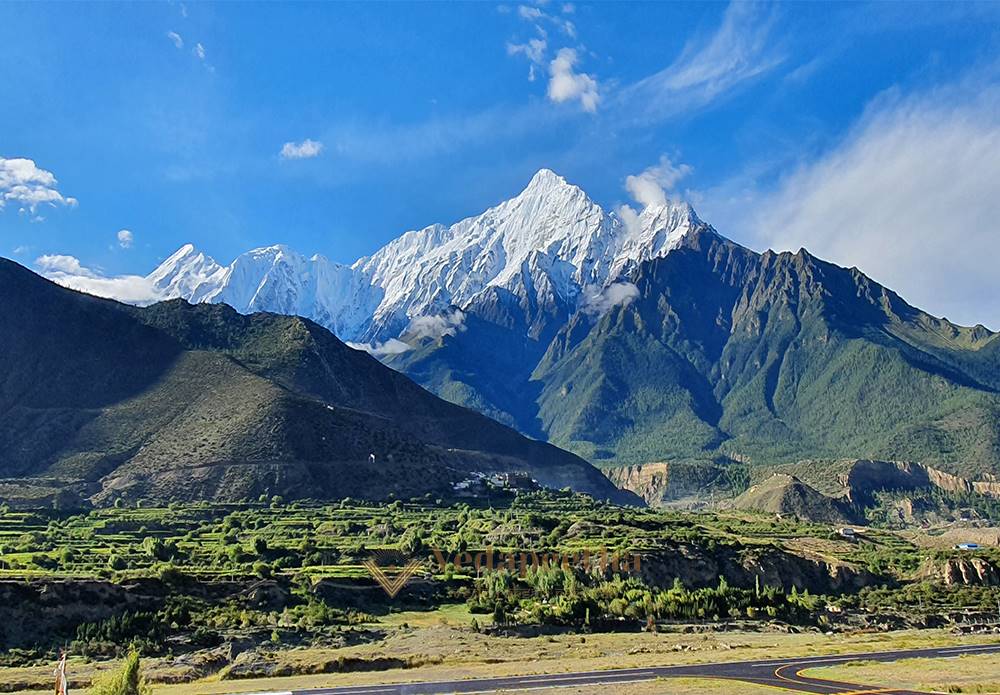
?>resources/frontend/assets/images/4.jpg)




